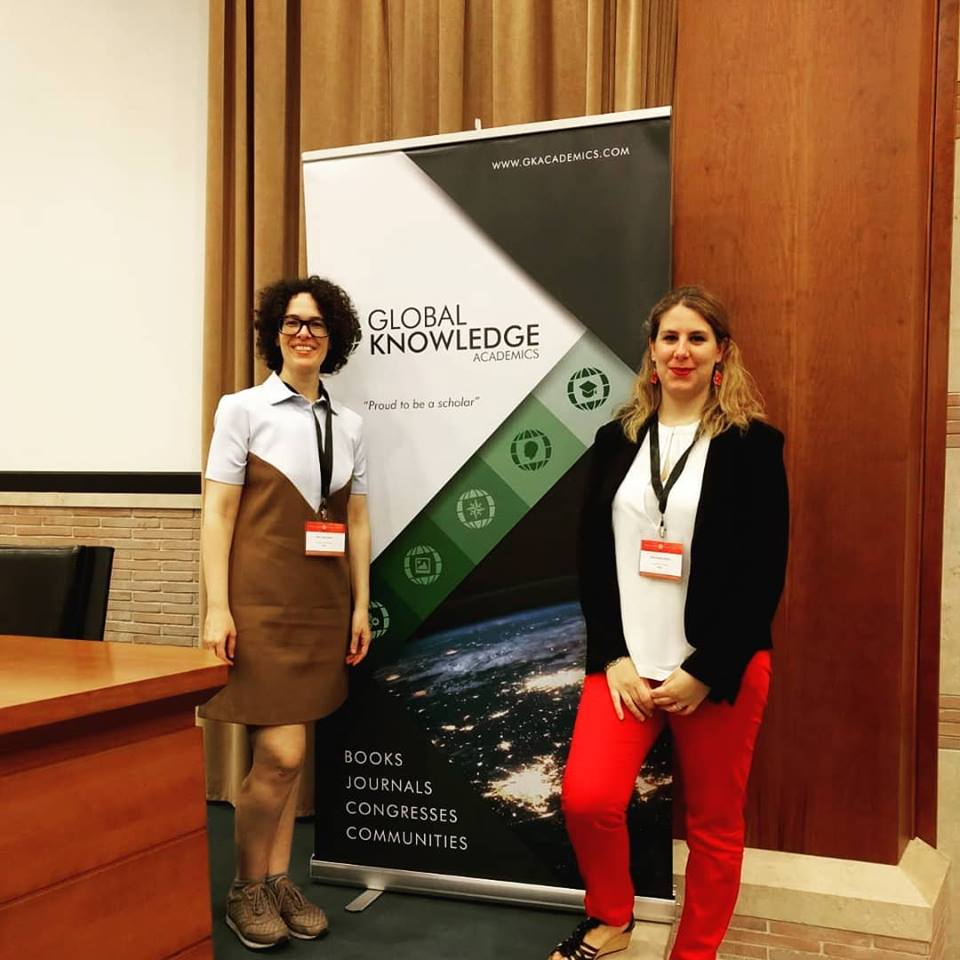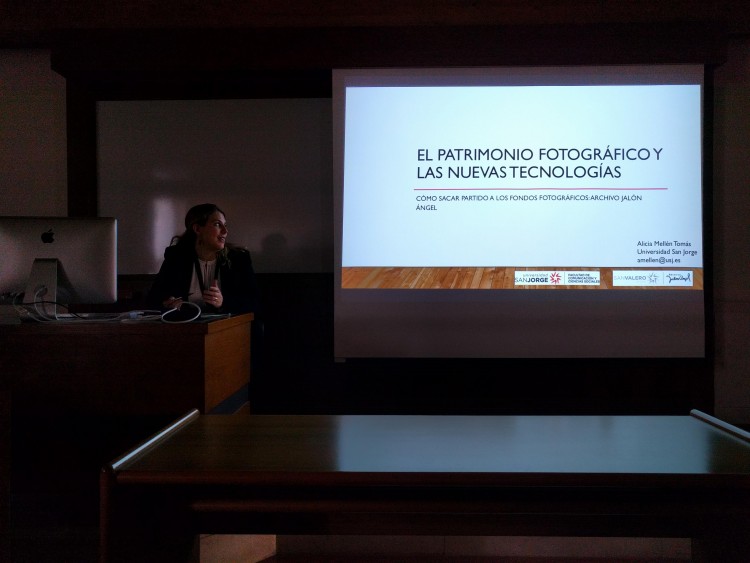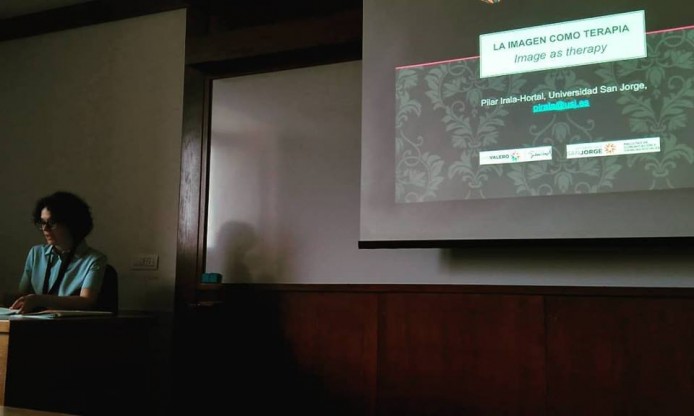Each year, the International Congress on Visual Culture attracts a diverse group of participants from around the world. The program provides a rich and distinctive experience, including keynote speakers, lectures, workshops, exhibitions and social events. The congress schedule brings together presentations on similar topics to facilitate knowledge sharing and community building. The central subject of this Conference, in 2018 themed around Contributions of the Christian Art to the Contemporary Visual Cultures, deals with the theoretical and methodological relevance of considering the viewer’s way of observing, and his relationship with, the object depicted in visual arts.
 In the track Visual’s History and Philosophy, a presentation entitled “La imagen como terapia” was delivered by Pilar Irala-Hortal, the director of Jalon Angel Archive in Zaragoza – a Photoconsortium member. The talk and paper are focusing on the therapeutic role of photography. When we talk about photography, we usually think about capturing a moment or event, probably characterized by brief impasses of climax and with a cultural, social, artistic or political transcendence. Whether it is artistic photography or documentary photography, both photographers and historians or theoreticians have approached the image from the perspective of the preservation of a moment. In this case, photography is a preservative of memory. But photography can fulfill other functions such as deepening, extracting and exorcising intimate knowledge or feelings for therapeutic purposes. This power of the image that has been contrasted in different medical and social projects is not trivial. The presentation and its related paper have the objective of exposing what therapeutic photography is, what are its fields of application, how it relates to visual culture, as well as the analysis of some projects carried out.
In the track Visual’s History and Philosophy, a presentation entitled “La imagen como terapia” was delivered by Pilar Irala-Hortal, the director of Jalon Angel Archive in Zaragoza – a Photoconsortium member. The talk and paper are focusing on the therapeutic role of photography. When we talk about photography, we usually think about capturing a moment or event, probably characterized by brief impasses of climax and with a cultural, social, artistic or political transcendence. Whether it is artistic photography or documentary photography, both photographers and historians or theoreticians have approached the image from the perspective of the preservation of a moment. In this case, photography is a preservative of memory. But photography can fulfill other functions such as deepening, extracting and exorcising intimate knowledge or feelings for therapeutic purposes. This power of the image that has been contrasted in different medical and social projects is not trivial. The presentation and its related paper have the objective of exposing what therapeutic photography is, what are its fields of application, how it relates to visual culture, as well as the analysis of some projects carried out.
In addition, Alicia Mellen Tomas also talked about augmented reality related with photography and tourism: photographic heritage, as an important part of the cultural, social and visual heritage of the society, must be transparent and put at the service of it. New technologies, like augmented reality, allow that with an electronic device with camera anyone can access present and past historical (and photographical) visual heritage. The presentation exposed these beneficial relationships between technology and photographic heritage, but also showcased some examples such as the Chicago History Museum (Chicago0.0), the Streetmuseum application, the projects of the City of Cantabria or the Jalón Ángel’s Photographic Archive.
More about the congress in Rome, 28-29 May 2018: http://onvisualculture.com/



